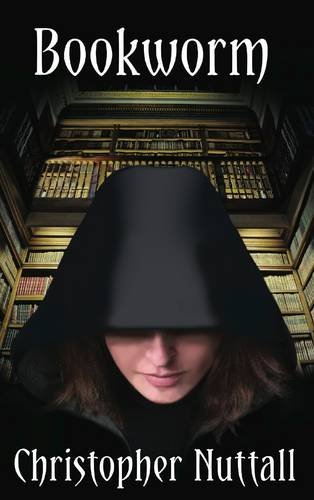Review: Dustin Garza's Crystal Jewelry
Every so often, I am astounded by the hidden talent of the folks who work at the local Chick-fil-A where we eat breakfast. Abby's brilliant voice, for example, would soar above the clatter of dishes in the kitchen. The entreprenurial Don Mallory greeted patrons while contemplating how to market his manual trash-compactor invention.
The latest is Dustin Garza, who paused in his task of delivering food to tables to show me the lovely pendant pictured here. This is his work, a milky-rose cabochon and several Herkimer Diamonds (doubly-terminated quartz crystals) enclosed in a complex macramé of silver wire. The pendant is posed on the palm-plate of my Chromebook for scale.
I was particularly taken by the braided wire to the left of the cabochon enclosure, and the subtle wave in the herringbone wire that wraps the curve of the pendant on the left. The flip side of the pendant shows a bone plate with a texture that is seldom encountered in siver jewelry, but it provides the perfect balance in this work.
For the weight and material, not to mention the brilliant composition, I would not have been surprised to learn that the price was north of $1000. Instead, it is less than $100. Dustin invests his jewelry with a philosophic weight it hardly needs for beauty, but if you are into "crystal healing," that has gone into its composition as well.
Since this, I have seen another piece Dustin calls an "Eye of Horus" which also features the braiding and balance seen in this pendant. Keep your eye on him, folks. I suspect we'll see his work on the wider stage one day.










.jpg/220px-TeaWithTheBlackDragon(1stEd).jpg)







